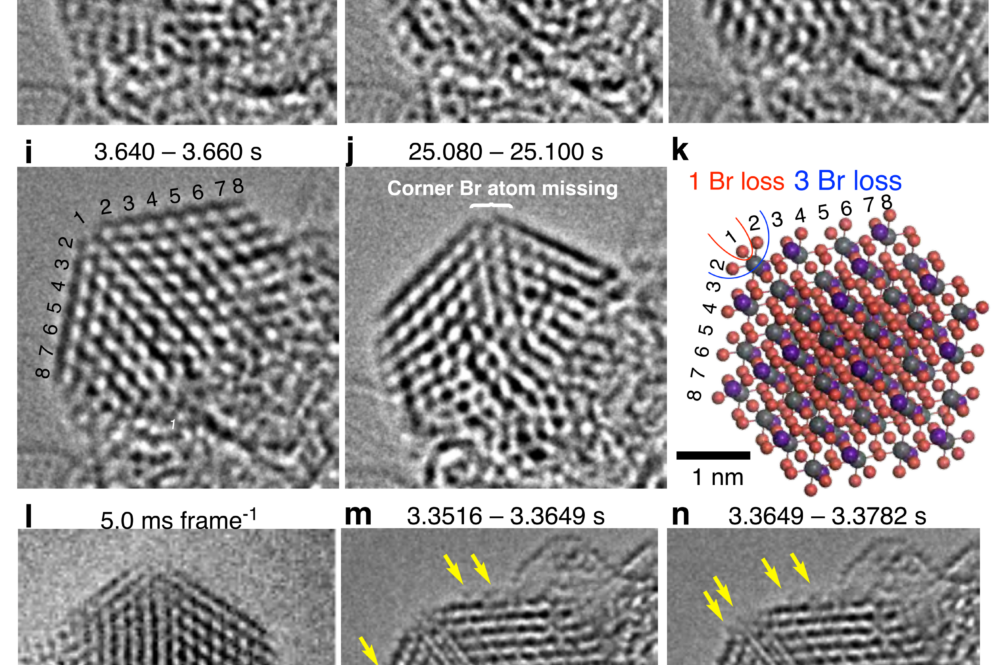Quantum dots are nanoscale crystals that emit different colors of light, with display devices based on this technology offering superior power efficiency, brightness, and color purity. While red and green quantum dots have been successfully developed, blue quantum dots have remained challenging to produce despite being the most critical component in displays.
Professor Eiichi Nakamura’s team at the University of Tokyo has developed an innovative bottom-up approach to creating blue quantum dots. Unlike previous top-down methods that refined larger substances through multiple processes, Nakamura’s approach uses self-organizing chemistry to precisely control molecules until they form the desired structures. This method is more precise, efficient, and cost-effective.
The resulting blue quantum dot produces nearly perfect blue light according to the BT.2020 international standard for color accuracy. This exceptional performance stems from its unique chemical composition—a hybrid mixture of organic and inorganic compounds including lead perovskite, malic acid, and oleylamine. Through self-organization, these components form a precise cubic structure consisting of 64 lead atoms arranged in a 4x4x4 configuration.
Finding malic acid as a crucial component took over a year of methodical experimentation. Equally challenging was determining the structure of the quantum dot, which measures just 2.4 nanometers—190 times smaller than the wavelength of blue light it produces. This required an advanced imaging technique called SMART-EM, or “cinematic chemistry,” developed by team members.
Unlike conventional electron microscopy that captures still images, cinematic chemistry functions more like video recording. This approach was essential for studying the dynamic nanocrystal structure, as any single image would provide incomplete information. Though the blue quantum dot currently has a short lifespan, the researchers anticipated this limitation and are working with industry partners to improve its stability.
This breakthrough in blue quantum dot technology represents a significant advancement for quantum dot light-emitting diodes (QD-LEDs). In display technology, blue subpixels are particularly important as they generate green and red light through down-conversion, making their quality a critical factor in overall display performance.
Reference: Olivier J. G. L. Chevalier, Takayuki Nakamuro, Wataru Sato, Satoru Miyashita, Takayuki Chiba, Junji Kido, Rui Shang, Eiichi Nakamura. Precision Synthesis and Atomistic Analysis of Deep-Blue Cubic Quantum Dots Made via Self-Organization. Journal of the American Chemical Society, 2022; DOI: 10.1021/jacs.2c08227

